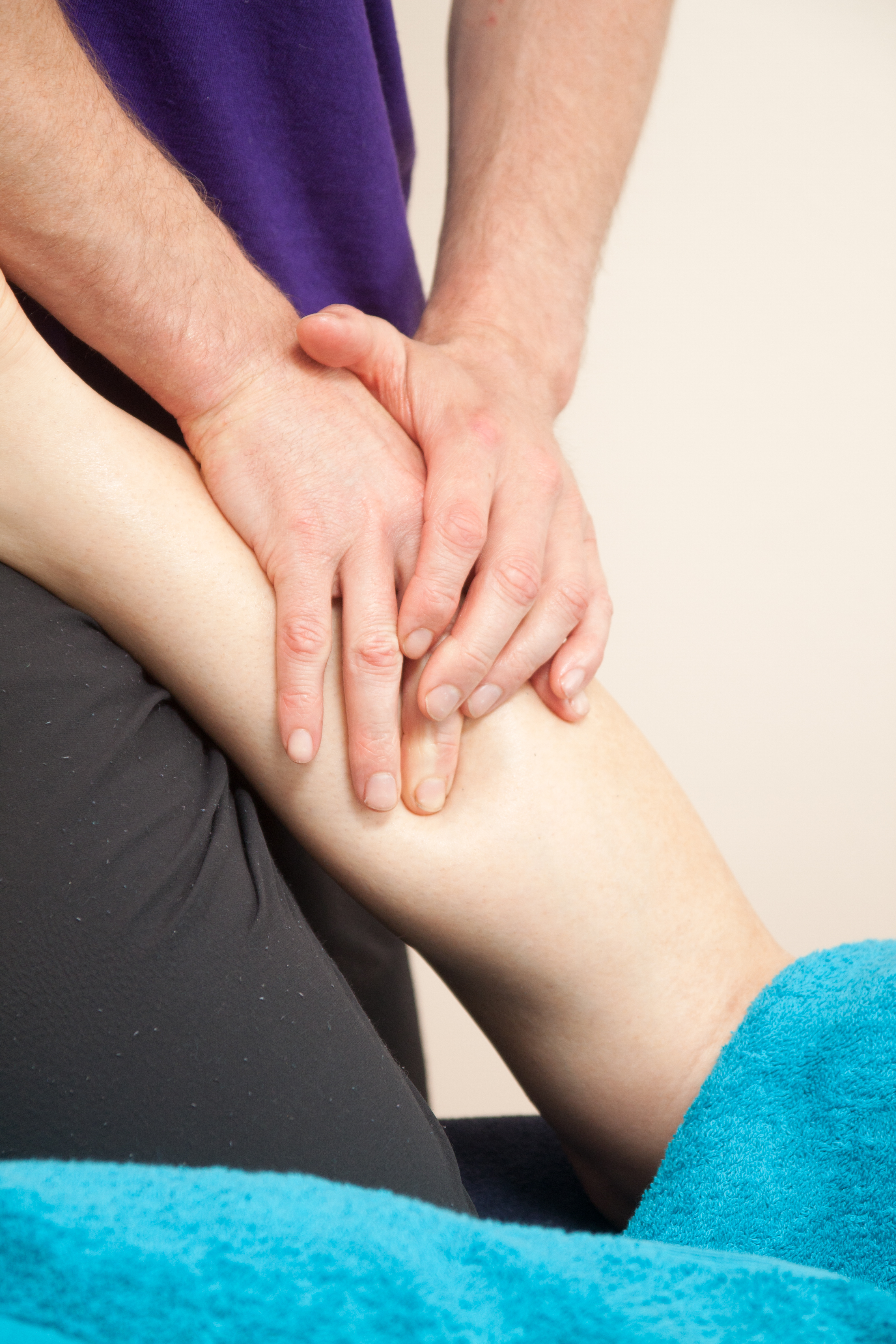Vibration is a collective name for a few different techniques which we use during soft tissue therapy treatments. These include the somewhat slower sounding “rocking”, the faster “shaking” and the faster still “vibration”. The basic difference between these is the different speeds of oscillation, and although each speed can be used at different points of the treatment, they have much the same general effect, that of relaxing muscles and muscle groups, and potentially an entire limb.

Gentle vibration. Photo taken by Dan Lane, www.danlanephotography.com
It is the oscillation of the muscle which confuses the sensory receptors in the muscle tissue (the bits that tell it where it is in space at any one time), and the natural response of the motor system to an input like this is to relax. Vibration doesn’t work on a specific level, such as targeted manipulation of skin or fascia, but rather it affects the body on a much more global scale. This is why we use it as a technique.
Vibration in its many forms is good for several reasons: it stimulates nerves and muscles, raises the temperature of tissues, increases circulation, decreases pain sensitivity and muscle tension. It can also act as a type of anaesthesia and reduce muscle hypertonicity. Gentle vibration or rocking (sometimes of the whole limb or body) can be very relaxing and we will often using it in this way after working on an area deeply to relax and calm muscles. Jostling movements confuse the nervous system, inducing relaxation. We’ll therefore choose the speed of vibration according to what we feel is needed in the area we’re working on.




